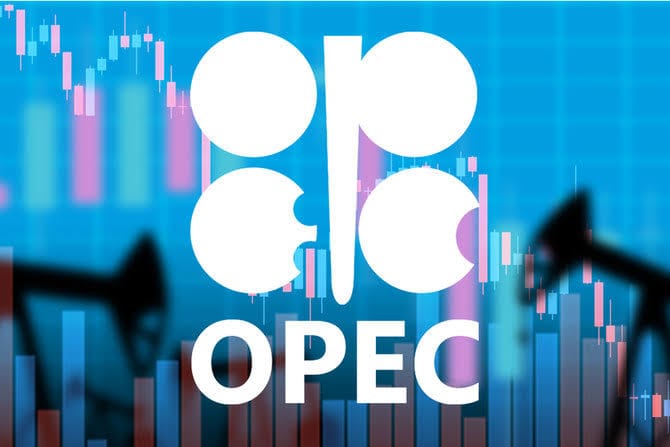OPEC+ members agreed to extend their voluntary oil output cuts into the second quarter of 2024, boosting oil prices and signaling confidence in the global economic recovery.
The decision, announced on Sunday after a meeting in Vienna, means that the group of oil-producing countries will continue to reduce their production by 2.2 million barrels per day (bpd) until the end of June. Saudi Arabia, the de facto leader of OPEC, also said it would maintain its additional cut of 1 million bpd for another three months.
The move surprised many analysts, who had expected OPEC+ to ease the curbs as demand recovers from the pandemic-induced slump. However, the group cited the need to balance the market amid uncertainties over the pace and extent of the recovery, as well as the emergence of new variants of the coronavirus.
Oil prices rose sharply following the announcement, reaching their highest levels since January 2020. Brent crude, the international benchmark, settled at $83.55 a barrel on Friday, up 2% from the previous day. WTI crude, the US benchmark, closed at $78.27 a barrel, up 0.01%.
Why OPEC+ is keeping the cuts
OPEC+, which consists of the Organization of the Petroleum Exporting Countries (OPEC) and its allies led by Russia, produces about 40% of the world’s crude oil. The group has been implementing a series of output cuts since late 2020 to support the market amid the collapse in demand caused by the pandemic and the rise in supply from non-OPEC producers, especially the US.
The group initially agreed to cut 9.7 million bpd, or about 10% of global supply, in May 2020. The cuts were gradually eased to 7.7 million bpd in August and then to 7.2 million bpd in January 2021. In November 2023, OPEC+ decided to further reduce the cuts by 500,000 bpd starting from January 2024, bringing the total reduction to 6.7 million bpd.
However, the group also agreed to review the situation monthly and adjust the output levels accordingly. In February 2024, OPEC+ surprised the market by keeping the cuts unchanged, while Saudi Arabia voluntarily slashed another 1 million bpd from its output. The same scenario repeated in March, when OPEC+ extended the cuts for another month and Saudi Arabia prolonged its extra cut.
The main reason behind OPEC+’s cautious approach is the uncertainty over the demand outlook for 2024. While the global economy is expected to rebound strongly from the pandemic, thanks to the rollout of vaccines and fiscal stimulus, the recovery is uneven and fragile across regions and sectors. Moreover, the emergence of new variants of the virus poses a risk of new lockdowns and travel restrictions, which could dampen the oil demand.
According to OPEC’s latest monthly report, the global oil demand is projected to grow by 2.25 million bpd in 2024, reaching 97.27 million bpd. However, this is still below the pre-pandemic level of 99.82 million bpd in 2019. The International Energy Agency (IEA) has a similar forecast, expecting the demand to increase by 1.22 million bpd in 2024, reaching 96.41 million bpd.
On the supply side, OPEC+ faces competition from non-OPEC producers, especially the US shale industry, which has shown resilience and flexibility in response to the changing market conditions. The IEA expects the non-OPEC supply to grow by 1.03 million bpd in 2024, reaching 63.9 million bpd. This means that OPEC+ will have to keep a tight grip on its output to prevent a supply glut and a price collapse.
Despite the challenges and uncertainties, OPEC+ has shown a remarkable degree of unity and cooperation in managing the oil market amid the pandemic. The group has also expressed its commitment to support the stability and sustainability of the market in the long term, as well as its readiness to adapt to changing circumstances and expectations.
Moreover, the global community has also demonstrated its resolve and solidarity in fighting the pandemic and its impacts, as well as in pursuing the green recovery and the energy transition. The development and distribution of vaccines, the provision of fiscal and monetary stimulus, and the promotion of innovation and collaboration are all signs of hope and optimism for the future.
Source: Reuters



